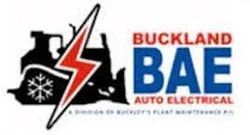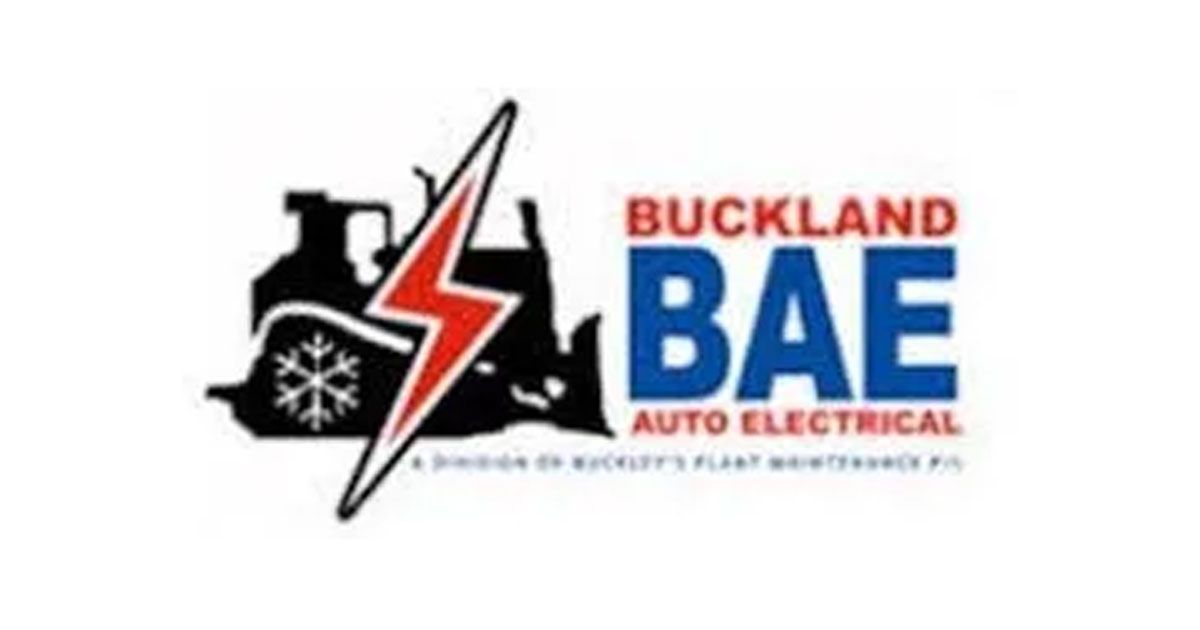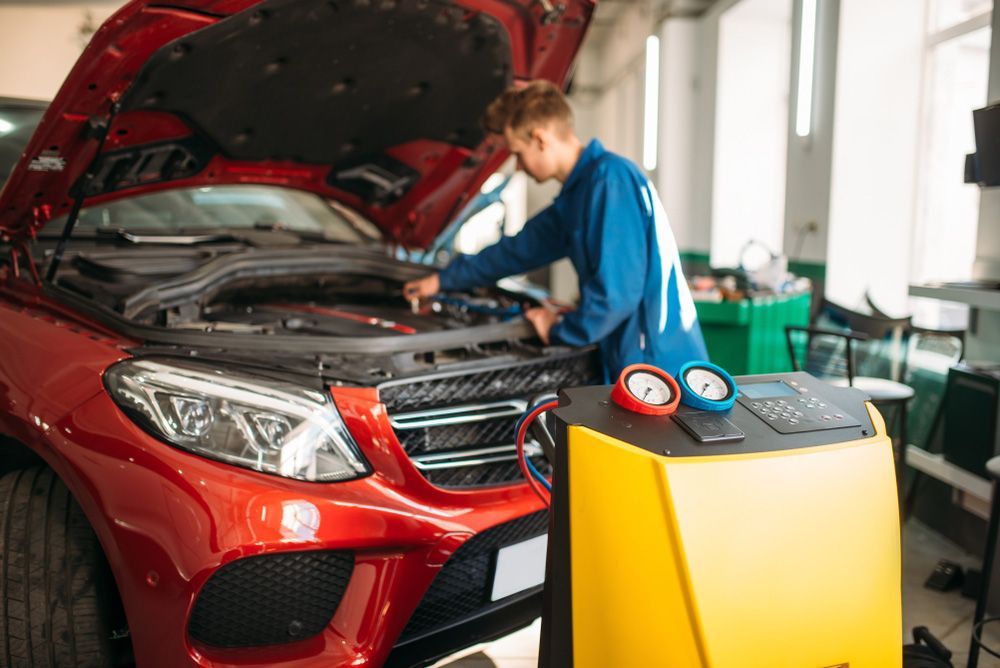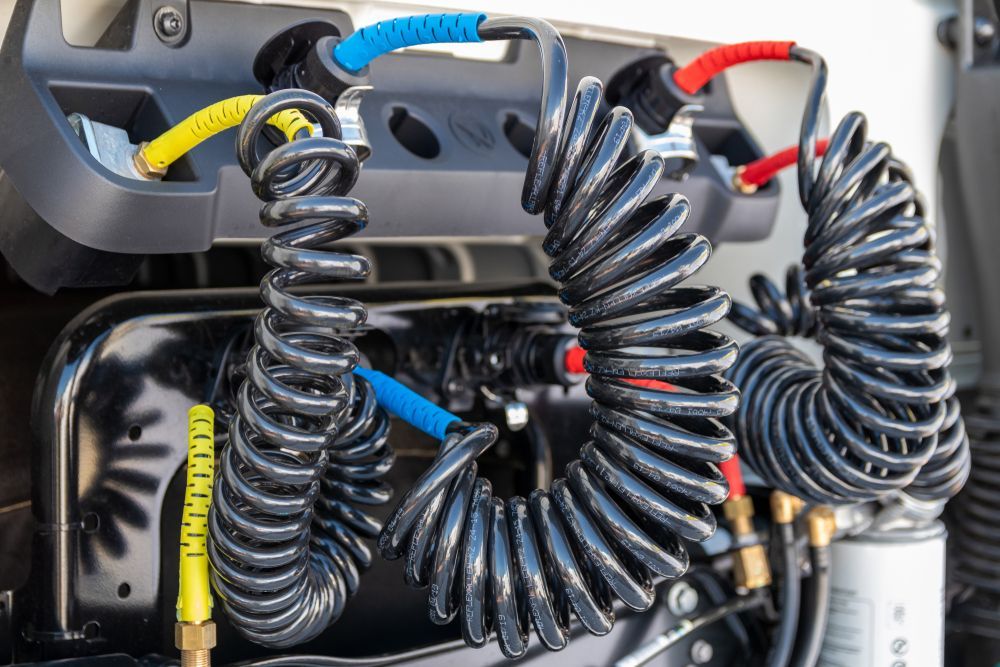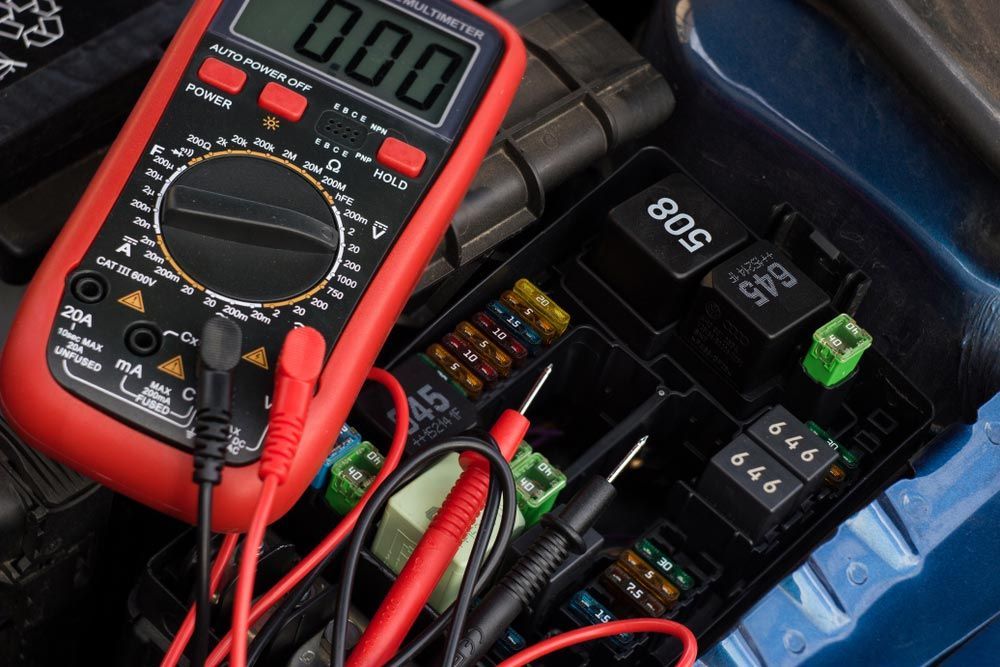5 Truck Safety Systems To Be Aware Of
5 Truck Safety Systems To Be Aware Of
Your truck is fitted with a number of safety systems that keep you protected while on the road. It goes without saying that these systems are only really effective when they work properly. Keeping a pre-start checklist and monitoring the performance of your safety systems ensure they keep running at their best. If you're concerned about maintaining safety while on the road, read on - we've put together this handy guide of the top five safety systems to be aware of and monitor.
Wear A Seatbelt
The number one safety system in any vehicle is a seatbelt. If you need to make a sudden stop or do experience a collision, your seatbelt provides the restraint you need to prevent you from being ejected from your vehicle. Three-point seatbelts, which pass over the shoulder and lap, are held in place with a pre-tensioner and are kept free from overtightening by load limbers, offering the best safety guarantee. To make sure your seatbelt is operating properly, look out for any signs of wear and make sure it's retracting correctly.
R29 Compliance
R29 is a test that checks the safety of your cab in a collision. It measures the stability of your cab's front, windscreen and roof, ensuring they can withstand impact from every direction. R29-compliant cabs are stronger, and can even reduce truck-related fatalities by up to 35%. Although R29 compliance isn't mandatory in Australia, most new trucks do comply. Safety features that achieve compliance include shaped panels that can absorb more energy, triangulated structural members and gussets between joints. You can determine if your truck's compliant by checking your cab for a sticker, which will indicate that the cab conforms to UN/ECE Regulation 29.
Anti-Lock Braking Systems
When you need to brake quickly or hard, an Anti-Lock Braking System helps keep your truck straight. If you don't have functioning ABS, you're 18% more likely to be involved in a multi-vehicle collision when you brake suddenly. ABS use wheel speed sensors to detect whether wheels have locked. As locked wheels don't offer enough stopping power on their own, ABS employ electrically-powered actuators to release and re-apply the brakes. You can tell your ABS is working properly if the warning light glows briefly when you turn the key in the ignition. If the light stays on, your ABS has an issue.
Electronic Stability Control/Trailer Stability Control
These systems help prevent loss of control and potential rollovers, making you up to 35% less likely to have an accident. They sense high G-force events and employ the brakes - perhaps even braking individual wheels - to keep the vehicle stable. They also maintain traction control and can be temporarily disabled if you're navigating rough terrain at a lower speed. Your ESC/TSC also comes with a warning light - if the light stays on, there's something wrong.
Driver Monitoring Systems
Accidents are often caused by driver fatigue and distraction. DMS use a combination of facial recognition, cameras and artificial intelligence to detect whether you're becoming fatigued or falling asleep, and sound alarms to redirect your attention. Make sure your device is not obstructed to help it perform at its best.
Got An Issue With Your Safety Systems? Call Us Today
Since 1968, Buckland Auto Electrical has provided Wollongong and the surrounding areas with reliable, efficient, cost-effective heavy vehicle servicing. There's no job too big or small for our expert team. Contact us today on (02) 4271 1918.
